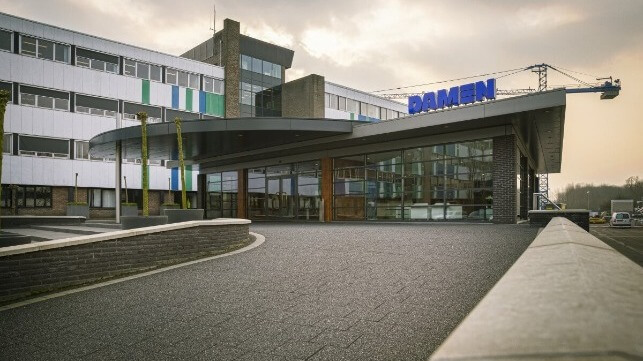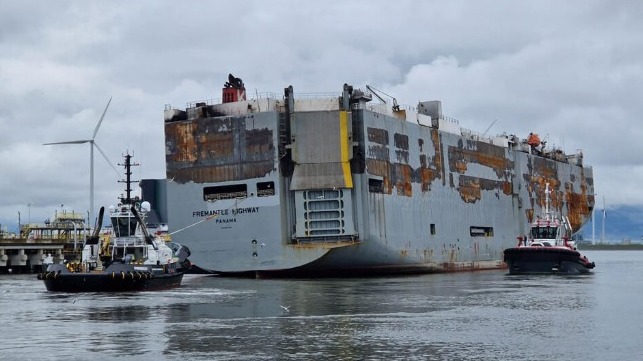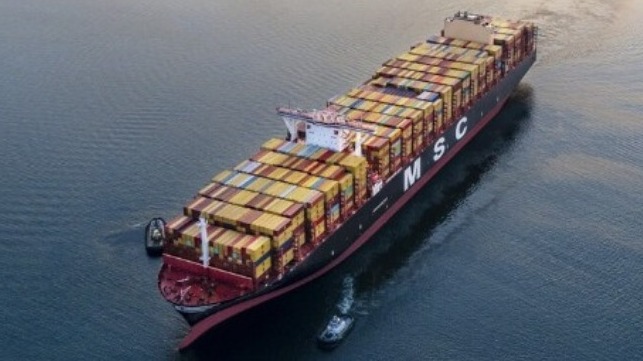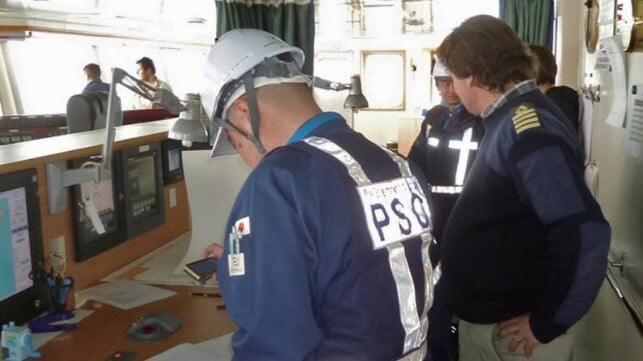ILA Starts Preparations for East and Gulf Coast Port Strike on October 1
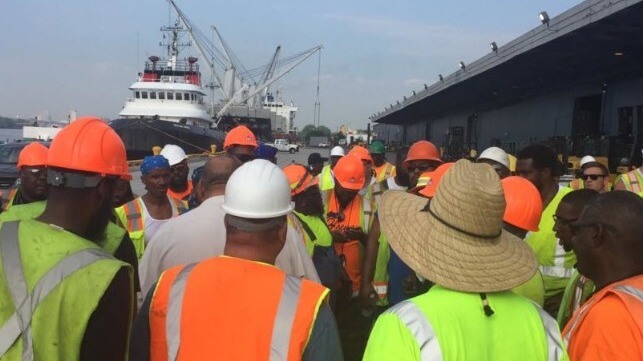
The International Longshoremen’s Association (ILA) is increasing its posturing for its first potential strike in more than four and a half decades. The union which represents dockworkers at U.S. East and Gulf Coast ports continues to emphasize it will not extend past the September 30 expiration of the current six-year contract.
The union in July cautioned that time was growing short for an agreement for a master contract agreement and in a statement released on Saturday, August 3, outlined the steps it is taking. Talks between the ILA and the United States Maritime Alliance (USMX) that represents the employers failed to start as planned in June due to a local dispute at the Port of Mobile regarding automation, one of the hottest topics for union leadership.
By law, the union is required to provide a 60-day notice to the employers. The ILA reports last week it sent letters to all the employer groups indicating the current agreement “would not be extended.”
The union also reports its Wage Scale Committee will be meeting on September 4 and 5 to review demands the ILA will make to the USMX when the negotiations finally begin for the master contract. Leadership will present for review the financial contract demands, with Bloomberg reporting the ILA is seeking wage increases exceeding the 32 percent granted to the West Coast dockworkers to end their July 2023 work slowdown and more than a year of contract negotiations. The East Coast union has repeatedly said the new agreement has to reflect inflation and reward the workers for their efforts to keep the supply chain moving during the pandemic.
As part of the meetings, the ILA reports it will use the opportunity to prepare for a potential coast-wide strike. The union leadership said it plans to devote time to “instruct locals on strike strategies and what to expect if the ILA is on strike at the beginning of October.”
Bloomberg in its report highlights that that a strike would impact six of the 10 busiest U.S. ports. Trade groups presenting retailers and manufacturers have already called for government involvement to oversee the negotiations while many commentators point out the strike would come just weeks before the U.S. presidential election.
“With less than 30 days to go before the end of our current Master Contract when these meetings are held, we must prepare our locals and our ILA membership for a strike on October 1, 2024. Two generations of ILA members have come into the industry since our last strike in 1977,” said Harold J. Daggett, the president of the ILA.
The union has repeatedly said it would seek to oppose any future efforts at port automation and cargo handling and would also seek to roll back its past allowances. Earlier in the summer, the union said it had become aware of automation efforts which it called a contract violation being implemented for gate operations by APM Terminals in the Port of Mobile and possibly elsewhere. The union said until this was resolved by the local it would not start formal negotiations for the master contract.
The strategy was to start discussions among the locals in 2023 with the goal of resolving all those issues before ILA leadership began talks for the master contract. The ILA has a long-held rigid stance against all forms of port automation.
Bloomberg in its reporting also says the ILA and USMX “remain far apart” on the scale of the wage increases
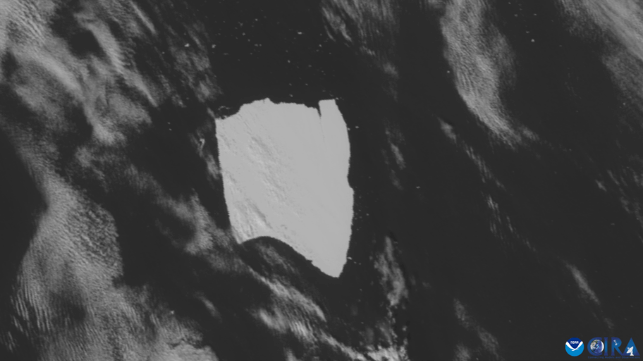

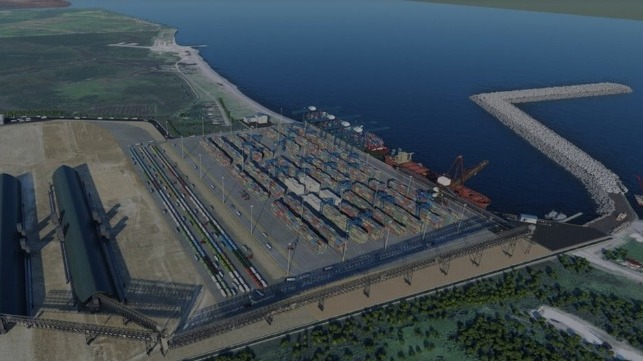
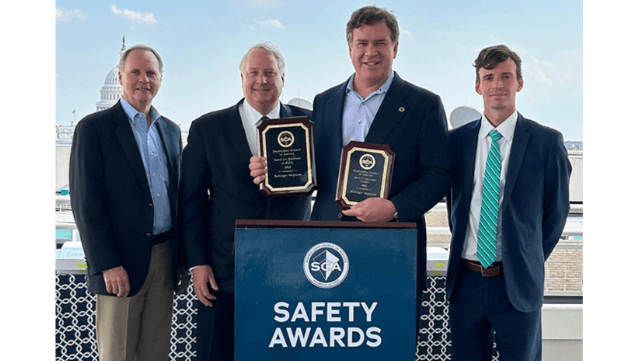
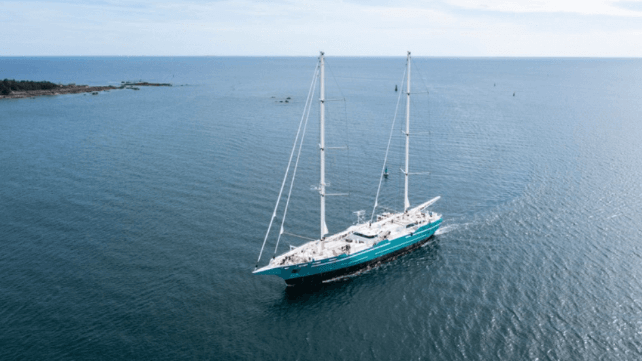 Anemos at sea © TOWT
Anemos at sea © TOWT